Old Abe: Military Icon
Old Abe began his career as a real, live eagle, serving as a mascot during the Civil War. In the decades that followed, the Grand Army of the Republic brought the bird on tours around the country. In the many years since Old Abe’s death in 1881, different groups of people continued to use the bird’s image for their own various purposes.
In the American military, the image of Old Abe still appears. The 101st Airborne Division has used the eagle head in a logo for almost 100 years. While the 101st Airborne acquired live eagle mascots during World War II, none had the longevity or cultural resonance of Old Abe himself.
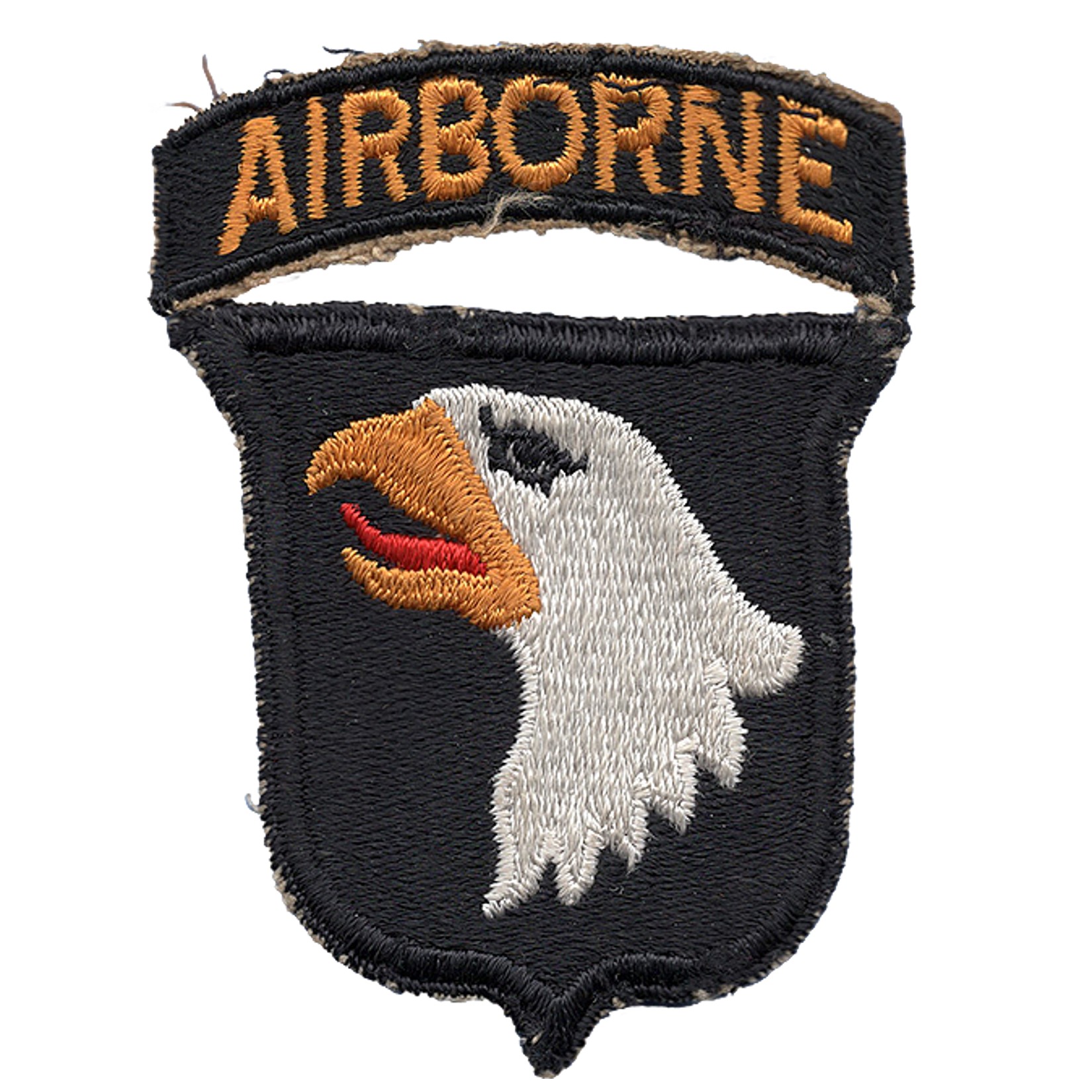

Old Abe: Wisconsin Icon
Given the origins of the mascot as a symbol of wartime pride, its continued use by the military is unsurprising. But Old Abe appeared in commercial applications as well. Just a few years after the end of the Civil War, Jerome Increase Case used Old Abe as a part of his company’s logo. For a century, different interpretations of the Civil War mascot appeared alongside the company name—J.I. Case Threshing Machine Co., or just Case—to sell threshing machines and other equipment.
Though Case ceased using Old Abe’s image in 1969 after a rebranding campaign, it is still possible to find modern interpretations of the Civil War mascot. In Madison, replicas of Old Abe are on display in both the Wisconsin State Assembly Room in the capitol building and in the display case in the Wisconsin Veterans Museum. Only a short distance away from the capitol square, yet another incarnation of Old Abe stands guard. This version graces the top of the Camp Randall Memorial Arch, near the iconic football stadium on the University of Wisconsin-Madison campus.
Written by Rachel Gross, March 2017.
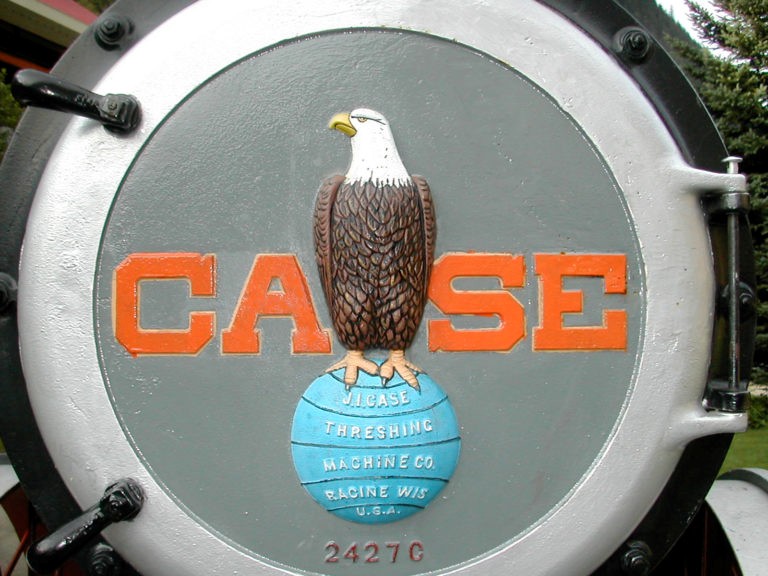
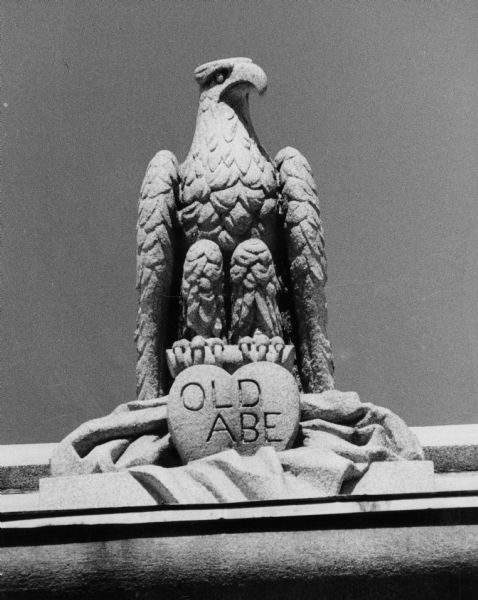
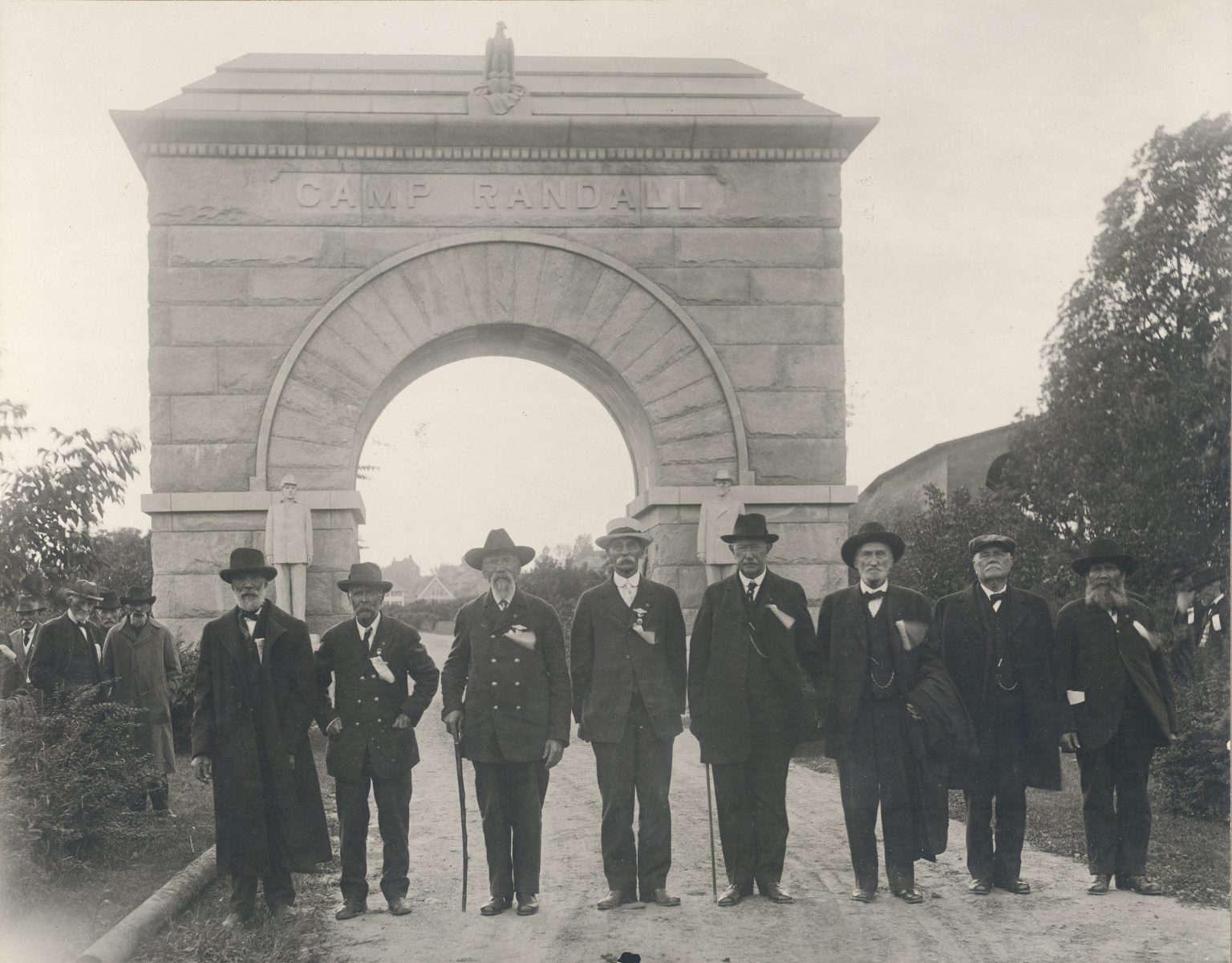
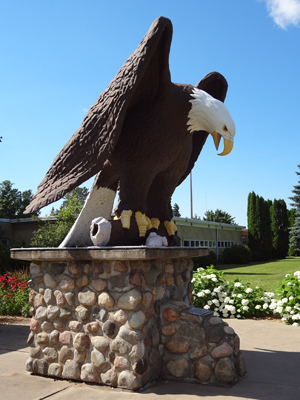
SOURCES
Wisconsin Veterans Museum “Old Abe the War Eagle” Online Exhibit. http://www.wisvetsmuseum.com/exhibitions/online/old_abe/
This Post Has One Comment
Comments are closed.
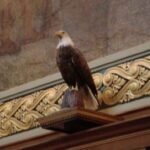
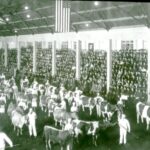
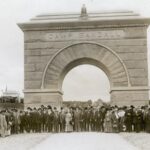
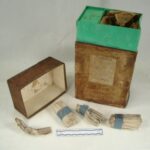
I have an old poster, original, of “Old Abe” and I would like to sell.